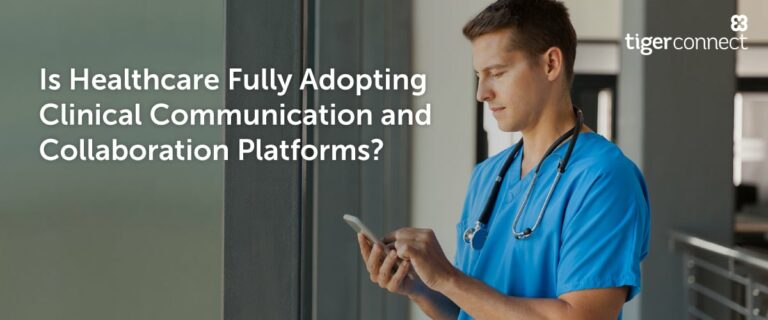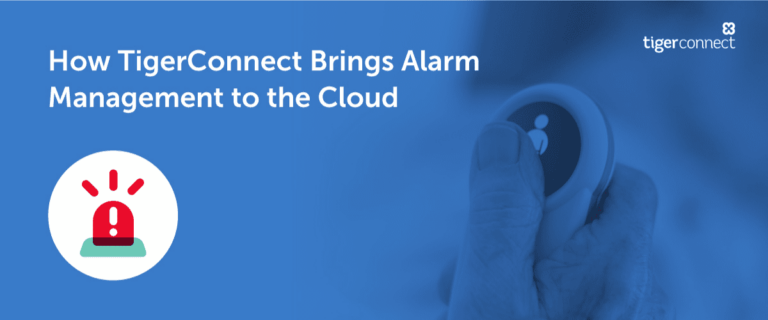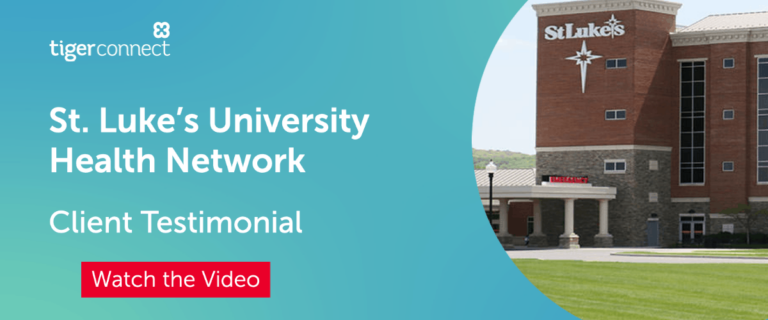What 2022 Has in Store for Healthcare Technology: 7 Predictions
The healthcare industry is never going back to the way it used to work. Healthcare technology has become more critical in delivering care and managing patient information.
Author
Since 2010 TigerConnect has been transforming healthcare communications by enabling our customers to automate clinical workflows, speed decisions, and improve patient outcomes. Today our cloud-native Clinical Communication and Collaboration (CC&C) solutions are used by over 7,000 healthcare organizations and 700,000 care team members.


The healthcare industry is never going back to the way it used to work. Healthcare technology has become more critical in delivering care and managing patient information.

TigerConnect recently hosted a focus group of Health IT professionals from across the country at the CHiME21 Fall Forum to discuss the current state of clinical communications in healthcare. Learn what today’s CIOs need to eliminate silos, enhance security, and support informed decision-making for better patient care.

Today’s healthcare systems recognize that curbing burnout is essential to retain nursing team members, manage costs, and achieve quality patient outcomes. Understanding the problems burnout causes, along with strategies and technologies to remedy nurse burnout, is essential.

Making a move to cloud-native solutions helps health systems stay ahead of the curve. TigerConnect Alarm Management features cloud-based alarm management and event notifications that get critical information into the hands of the right clinical team members at the right time.

Agility and efficiency are imperatives for every healthcare organization—and recent years have increased pressures to do more, more quickly.

On episode 38 of PSQH: The Podcast, Dr. Will O’Connor, chief medical information officer of TigerConnect, talks about how cloud-based solutions are changing the way healthcare organizations collaborate and communicate.

Strong clinical integrations promote better communication among healthcare providers so patients can receive optimal care. Healthcare workers continue to struggle with burn-out from COVID-19, which makes care team coordination imperative.

After experiencing rapid growth over several years, St. Luke’s University Health Network saw a need for improving care team coordination within its organization. Through integration with the TigerConnect Clinical Collaboration platform, the health network leveraged role-based communication to support more efficient clinical operations and workflows.

Nearly half of U.S. hospitals will receive lower payments in 2021 for all Medicare patients because of their readmission rates – an added financial burden as hospitals continue to feel the impact of the pandemic. But as Jefferson Health (formerly Kennedy Health) discovered, the solution may already be within arm’s reach – in their patient data. By leveraging the tools of an integrated, clinical communication platform, Jefferson Health drastically reduced emergency department (ED) overutilization, hospital readmissions, and wasted care.

HIMSS21 validated what many providers already knew: digital transformation is essential for continued success and growth in healthcare. Although HIMSS-sponsored research reveals that half of healthcare organizations are behind the digital curve, there’s still time to catch up and build forward momentum. For many healthcare systems, implementing a clinical collaboration platform is the essential next step.
End of content
End of content

Since 2010 TigerConnect has been transforming healthcare communications by enabling our customers to automate clinical workflows, speed decisions, and improve patient outcomes. Today our cloud-native Clinical Communication and Collaboration (CC&C) solutions are used by over 7,000 healthcare organizations and 700,000 care team members.